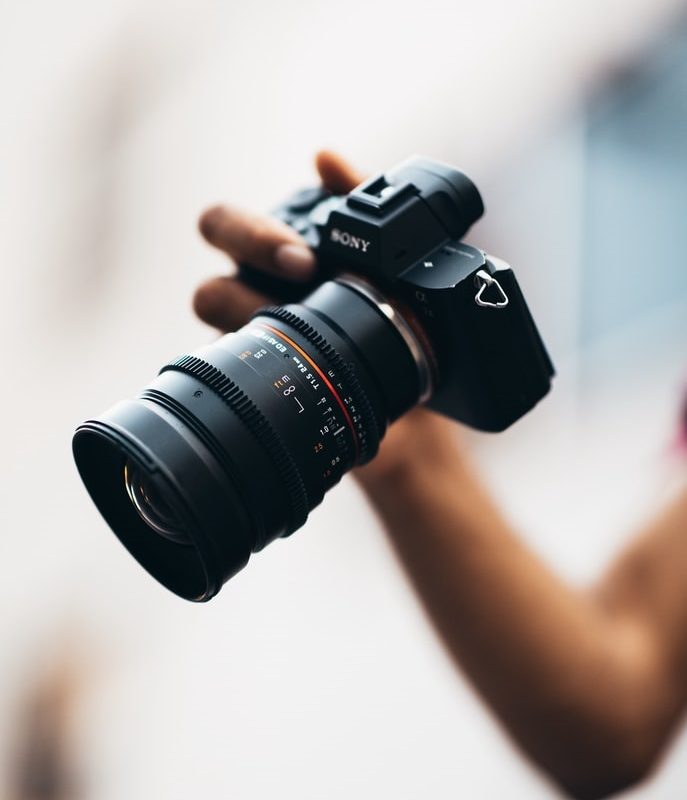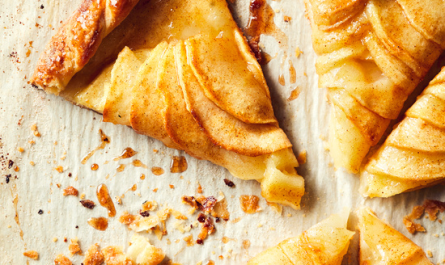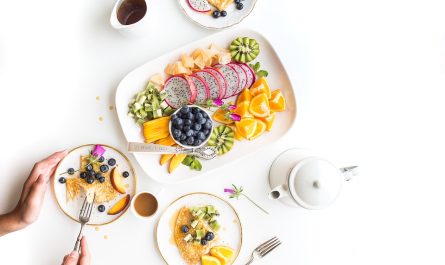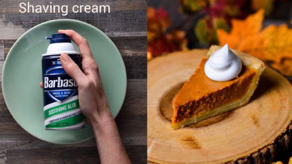Lenses are typically a create or break element of nice food photography; thus, understand your choices.
Typically, when purchasing your first SLR, a salesperson can persuade you of the superiority of their product by including a lens or two at a ‘package’ price. They don’t tell you that such ‘package’ or kit lenses are often mass-produced at a low cost and are of poor quality.
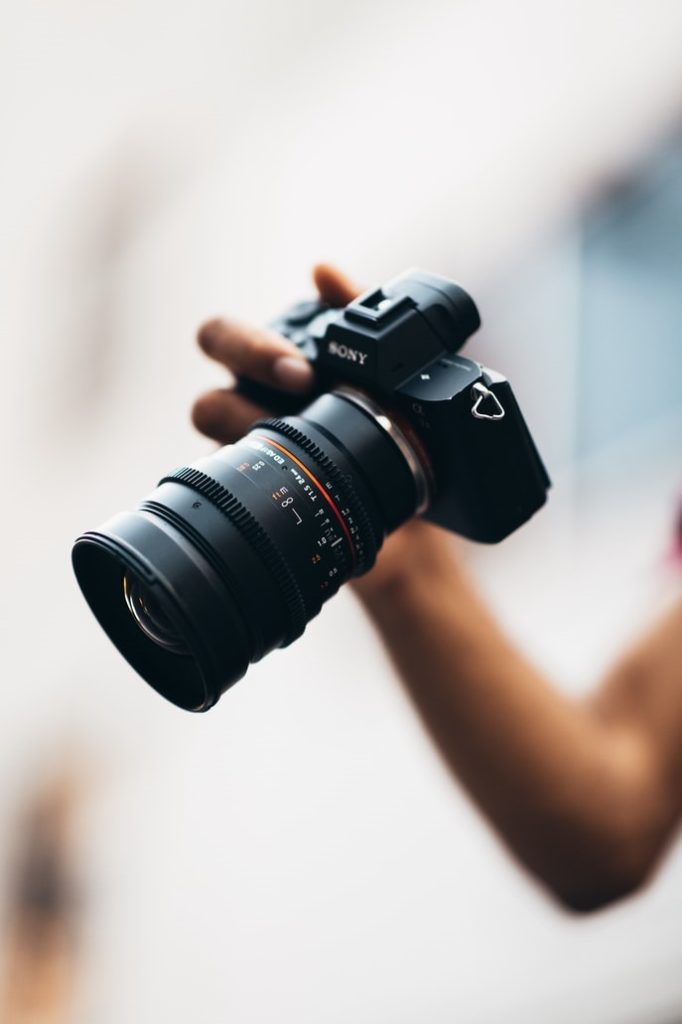
As a result, we believe that waiting a bit longer and saving a little more to purchase that dream lens is far more advantageous.
PRIME VS ZOOM LENSES
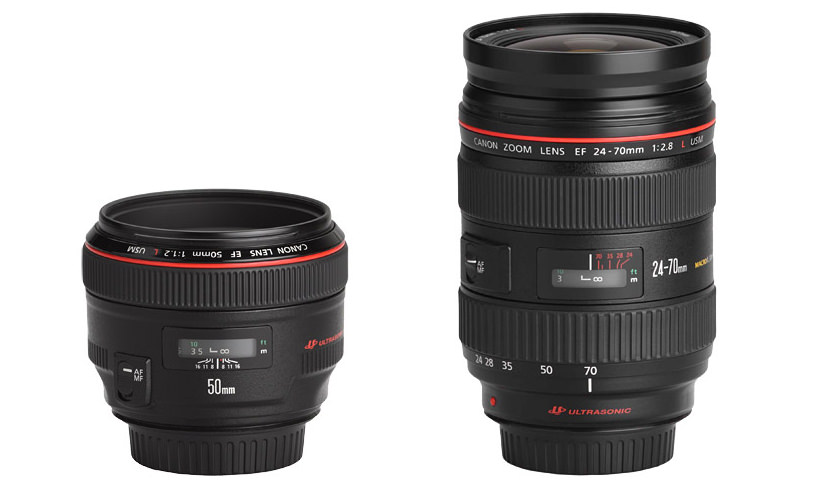
A telephoto lens provides a more in-depth or broader view of an issue with a quick turn of a dial. A primary lens only provides one read; you must physically travel to get there if you want to get closer. “Why wouldn’t I just buy a telephoto lens then?” you might question. The issue with zoom lenses is that concessions must often be made to achieve zooming capability while remaining affordable, especially with cheaper zoom lenses.
What must you buy if you are a beginner on a budget and may solely buy one lens?
In my opinion, Iyo can get a pair of4-70mm f/2.8 lenses or 24-105 f4 lenses.
To save your budget initially, you can go for a 50mm prime lens, with f1.2, f1.4, f1.8 or f2.8 most aperture capability. These are the most cost-effective, high-quality lenses you’ll find.
What if you are paid up and wish to urge a full pro-kit lens? The key lenses that just about all food photographers have been:
• A 50mm prime lens, with a most aperture of either f1.2, f1.4, f1.8 or f.2.8 AND/OR a 35mm f1.4 or f1.8 if you have a cropped sensing element camera (which can provide you with the equivalent results of a 50mm lens on a full-frame camera.
• An 80mm/85mm/90mm or 100mm f2.8 prime lens, a cropped sensing element camera, a 60mm f2.8
• A zoom 24 – 70mm f2.8 or twenty-four – 105mm f4
What does one use each of the lenses for
A 50mm primary lens may be a ‘what-you-see-is-what-you-get’ lens, which means that if you put your hands in front of your face and make a frame with them, that’s usually approximately what you’ll get with a 50mm lens (unless you have a cropped sensor). It’s suitable for multi-purpose use, but it’s unlikely to be your only lens. It’s beneficial for overhead shots and when you need to cram a lot of stuff into the frame.
There are still some professional photographers who only carry a 50mm lens in their gear, but they are in the minority these days. With so many excellent lenses to choose from, it won’t be easy to narrow down your choices. A 50mm lens will serve you well for a long time.
80/85/90/100mm prime lenses
Lenses during this distance vary have multiple uses. Not solely are they glorious for food photography, they’re additionally helpful for portraits and general photography.
(Note: a 50mm lens isn’t continuously ideal for portraits because you’ll typically get to position yourself too near to the topic for comfort if you wish a photograph shot).
The added distance helps form the type of shots that have beautifully blurred out areas for food photography.
This is often because distance incorporates a vital result on depth-of-field (i.e., the world of the shot in focus). The greater the universe of blur becomes, the further distance you are from the topic, and so any topic is from the background. (The aperture has a significant impact on depth-of-field also.)
So, if you choose a primary one with this kind of focal length, I believe it’s worthwhile to select one with a macro-operator so that if you want to make an extreme shot, you’ll be able to approach near enough to your subject while still using auto-focus.
Zooms lenses
Zoom lenses are excellent because they allow you to reframe your image in a second. If you’re buying a telephoto lens, save your cash for a high-quality one. While ‘kit’ lenses bundled with a primary camera is helpful for an entire beginner, most people need higher quality lenses quickly.
You may even be more content waiting till you have enough budget to shop for a good one. As mentioned antecedently, for food photography, I like to recommend either a twenty-four – 70mm f2.8 or a twenty-four – 105mm f4. However, several zoom lenses run terribly with success for food photography.
It’s simply that these 2 are my favourites, and additionally, the type of lenses I see different food photographers mention all the time. After all, with this variety of zoom, they’re additionally multi-purpose — id est. Excellent for portraits, travel and general imaging.
Tilt
Shift Lens is often a real specialist (and expensive) lens, and food photographers and subject photographers are the most common users. Food photographers find it irresistible because it allows you to terribly by choice select the focus space during an approach that different lenses can’t. Architects find it irresistible because it helps to beat the deformation of straight vertical lines caused by circular lenses.
Finally, it is found that many food photographers will return with an impressive list of their favourite lenses for food photography. Herein lies the wonder of photography. A similar camera in 2 sets of hands can manufacture completely different pictures. It’s an associate degree inherently artistic medium, and everybody will interpret that medium.
Still, they like and simulate their look and magnificence, victimization no matter the instrumentality they fancy the most effective. Brand photography is the method of presenting your whole otherwise from everyone else.
It puts along all the weather gifts within the Growth of any business, particularly brand, product promotion ways, and merchandise style, within the visual kind. Visuals produce the foremost significant result on the mind of prospective patrons. Shared light and saved images square measure superbly shot and have high-quality graphics.
